The fifth episode of this series will focus on the "Asian Cities of Design", namely Seoul, Bandung and Nagoya. Asian architecture and design blend Western aesthetics and Eastern culture, and integrate regional with national characteristics, showing not only traditional charm and culture, but also modern fashion and elegance. Today, please follow ICCSD to explore the charm of Asian Creative Cities represented by Seoul of South Korea, Bandung of Indonesia, and Nagoya of Japan.
·Seoul, South Korea: "The City Where Even Garbage Cans Are Exquisite"
·Bandung, Indonesia: "Paris of the East" with Vibrant Design
·Nagoya, Japan: The City of Design with a Long History of Humanism
As the largest of the seven continents, Asia boasts vast territory, abundant resources and rich cultures. Among them, design is a magic driving force for the development of Asian countries. Exquisite City of Seoul, Creative Center of Bandung, and Humanism Concept of Nagoya. Asian design is based on traditional culture with strong regional characteristics and integrated into modern culture. These cities present different characteristics in the field of design, which allows traditional culture to be inherited and promoted while focusing on sustainable development.
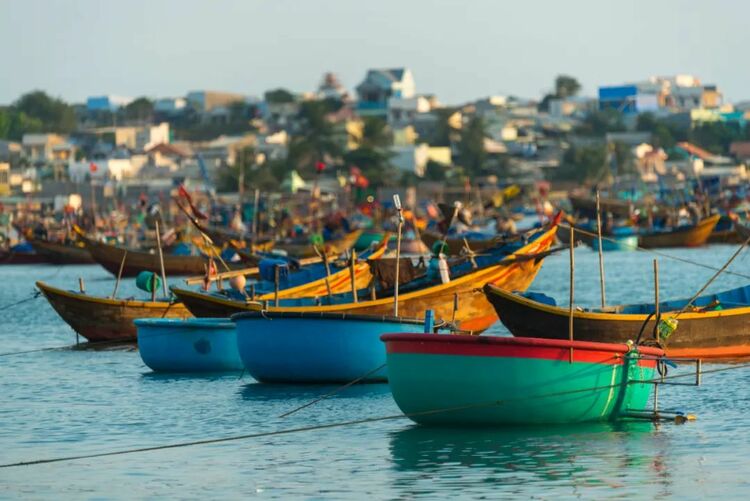
Seoul, South Korea: "The City Where Even Garbage Cans Are Exquisite"
Seoul is the capital city of South Korea and the economic and cultural center of the country. With approximately 73% of Korean designers concentrated in Seoul, the city is at the heart of the national design scene. It is known as "the city where even garbage cans can be exquisite" for its diverse creativity.
In 2010, Seoul was named UNESCO's "City of Design" in recognition of its rich cultural heritage, unique innovative ideas and, in particular, its persistent and effective efforts to pursue diverse design policies and approaches. Unlike other cities, Seoul doesn't have a lot of inspirational architecture, but rather designs spread throughout the city through people's involvement in recreating the city's appearance.

Seoul pays attention to every detail in design, and even bus stations have become a part of its design, integrated with creativity and design concepts. For example, the site of the bus shelter in front of the Seoul Museum of History was originally an ancient city wall, and the artist used the wall as a base to make artistic use of historical relics. Meanwhile, Seoul has also launched design activities such as "nice plaques, elegant roadside benches, exquisite garbage cans", so that art can truly permeate into the daily life of Seoul citizens. Through years of efforts by the South Korean government, Seoul, once known as the "garbage factory," is now seen as a comprehensive cosmopolitan city that blends tradition with modernity.
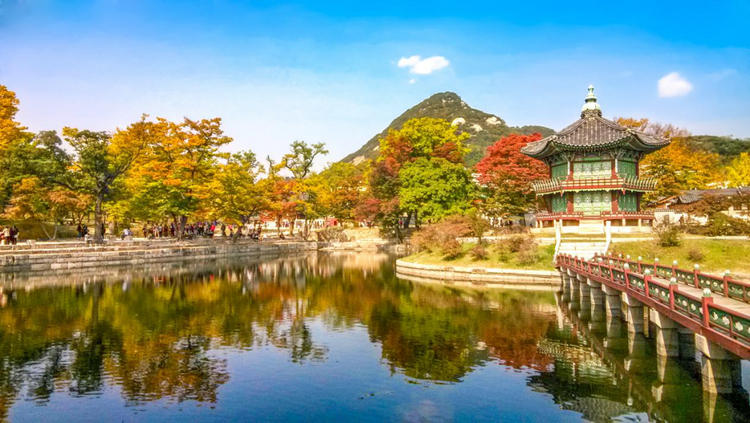
Design paves the way for Seoul to develop. The Seoul Metropolitan Government has proposed the "Design Seoul Plan". Firstly, "green" means increasing the Green Space Index. Secondly, "blue" means making air and water cleaner. Thirdly, "history" means protecting Seoul's historical heritage. Fourthly, the plan focuses on "humanism". It has a very clear goal to transform Seoul from a "hard" city to a "soft" one, first by making it attractive, second by designing it to solve social problems, and third by designing it to revitalize the economy.
The former mayor of Seoul Oh Se-hoon once said, "Design is everything". He hopes that design will help Seoul get rid of worsening living environment and ecological environment which is brought about by rapid industrialization. As the focus is shifted from economic development to people-oriented concept of city development, citizens will experience urban livability, convenience and high quality life.
In the process of building the "City of Design", Seoul has made various efforts in accordance with the concept of "design is everything". The Cheonggyecheon Restoration Project, the City Gallery Project, and the Dongdaemun Design Plaza and Park are all vivid examples of the harmonious coexistence between creative industries and urban space.

Of particular interest is the Dongdaemun Design Plaza designed by Zaha Hadid, an urban cultural center created in the busiest and most historic district of Seoul. It is a worldwide design landmark, the only ancient city gate left from the Joseon era, an 80-year-old baseball stadium and traditional shopping paradise. The Cheonggyecheon Restoration Project focuses on protecting and inheriting historical culture by constructing characteristic cultural landscape, and restoring and remodeling some historical sites. The City Gallery Project aims to showcase the unique beauty of Seoul by placing public artworks in public spaces, enabling citizens and visitors to share Seoul's unique temperament and history.
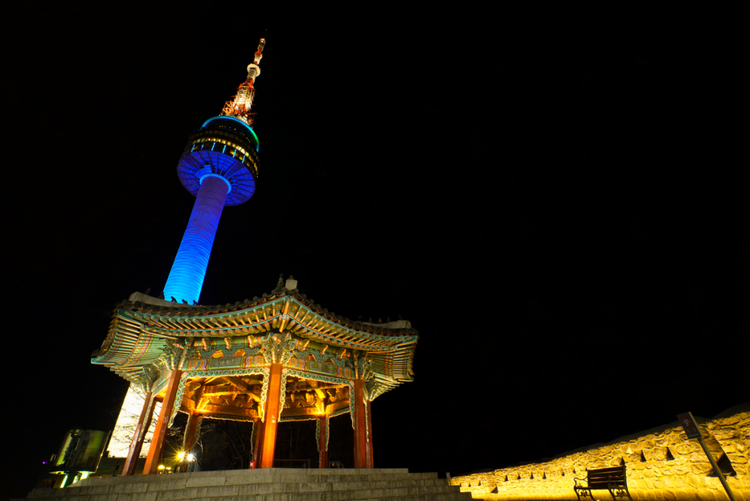
To boost the city's image, Seoul has chosen an imaginary creature, Xie Zhi, as the city's mascot. Ten representative colors of Seoul were selected, including Namsan Green, Seoul Blue, and Palace Brown. More than 170,000 jobs have been created in Seoul's design industry in recent years. Seoul also brings together thousands of advertising specialists, architects, game designers and digital content developers.
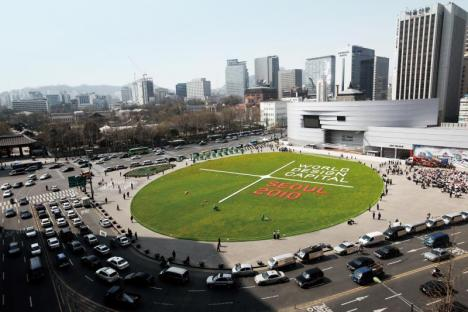
(Photo via official website of UNESCO)
As a City of Design, Seoul will share and exchange knowledge in the future to advance its development goal of transforming the Creative Cities into healthier and more sustainable places, promote industrial exchange to cooperatively overcome the challenges of the information era, communicate on Seoul's urban achievements through policy exchange. Seoul will also build an "International City of Design" that lives up to its reputation by creating a new design culture space through various design activities that numerous citizens can participate in.
Bandung, Indonesia: "Paris of the East" with Vibrant Design
In 2015, Bandung was named a UNESCO City of Design. Known as "Paris of the East," Bandung is Indonesia's third largest city, and like the surrounding puffing volcanoes, it is a vibrant, welcoming city, with streets and alleys dotted with modern decor. Bandung is famous for hosting the historic Asian-African Conference in 1955. The Bandung Spirit, featuring solidarity, friendship and cooperation, still has strong vitality and serves as a guide for Asian and African countries to strengthen exchanges and cooperation.
Bandung currently hosts a series of workshops, conferences and festivals aimed at encouraging the development of creativity, design prototyping and product design. In fact, 56% of Bandung's economic activities are design-related, with fashion, graphic design and digital media in particular being the top three subsectors in the local creative economy.
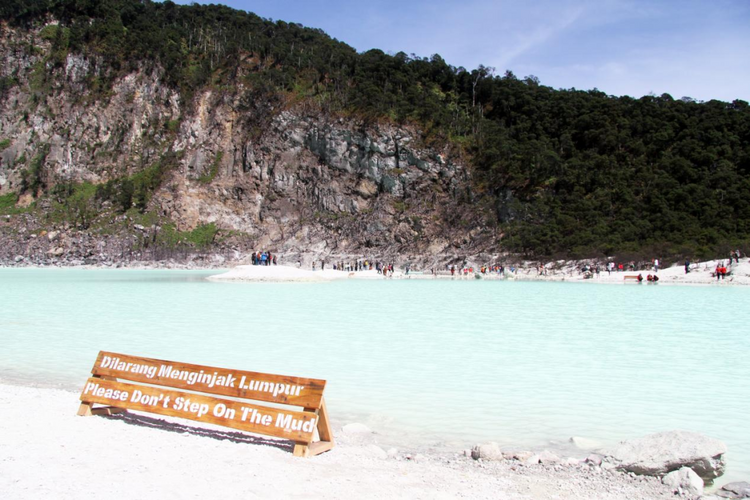

(Photo via official website of UNESCO)
With eight urban villages now established as creative villages, Bandung has secured a deep understanding and established expertise in the development of creative cities. This knowledge is demonstrated by the variety of programs and events organized by the city, such as Helarfest – one of the Bandung Creative City Forum's (BCCF) signature programs aimed at fostering networks among creatives cities. The Creatives Cities Conference hosted by the city is also a key platform for discussing sustainable urban development and for sharing ideas. Through the creation of the DesignAction. bdg workshop, Bandung hopes to find concrete solutions to urban issues through civic engagement by improving inclusive public spaces with design. In addition, Bandung's creative industries are developing rapidly and boast rich cultural and artistic connotations, with the establishment of numerous institutions, such as Institute of Indonesian Arts and Culture, Bandung University of Science and Technology, Bandung Institute of Technology, Bosscha Observatory and Bandung Center for Atomic Energy Research. The Bandung Municipal Government has made a strong commitment to stimulating the creative economy through the implementation of new centers, industry areas, R&D support and events.
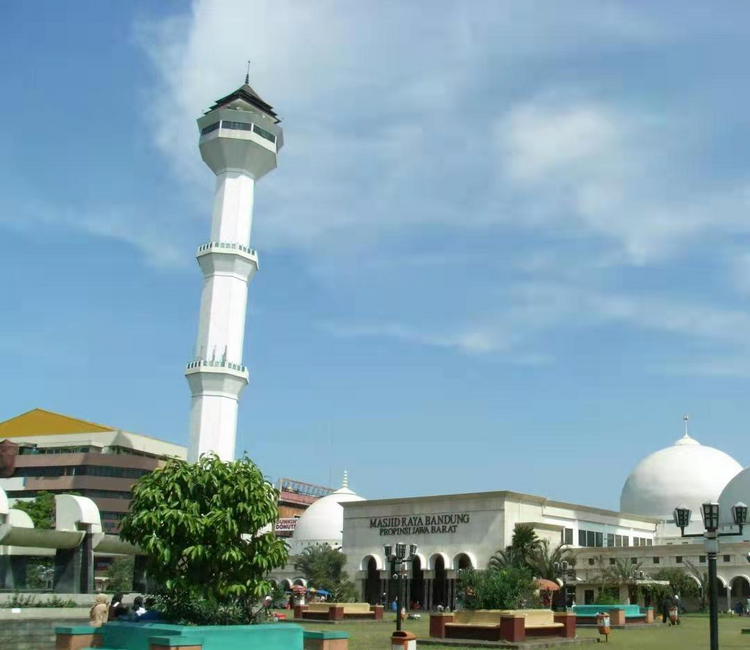
(Photo via official website of UNESCO)
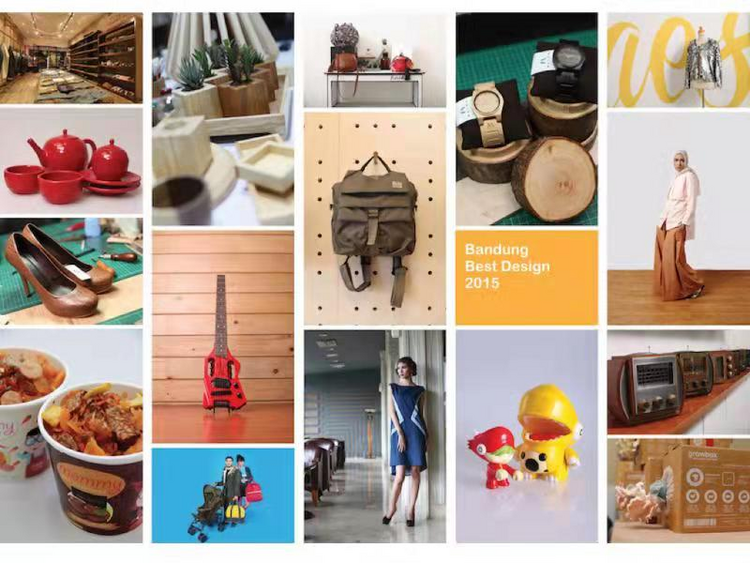
(Photo via official website of UNESCO)
While building the City of Design, Bandung has set up a UCCN themed park to showcase different forms of creative cities and urban cultural diversity. Creative festivals, joint events and workshops are designed to strengthen cooperation with other "Creative Cities". In particular, the organization of the annual Asian-African Carnival aims to promote underrepresented cities and deepen South-South cooperation. Besides, the city has established 30 creative centers within five years and provided support for 100,000 new creative entrepreneurs to boost the development of local creative economy. The implementation of the "Little Bandung" initiative in particular has set up exclusive exchange spaces for product development, workshops and events with other cities in the network.
Nagoya, Japan: The City of Design with a Long History of Humanism
Nagoya is a city designated by government ordinance of Japan and the capital of Aichi Prefecture. It is the core city of Chūkyō metropolitan area, one of the three major metropolitan areas in Japan. Nagoya is the political, economic and cultural center of central Japan and an important junction between east and west of Japan. Talented engineers from all over Japan gather here, and the mechanical dolls that are the foundation of today's manufacturing industry were born here. Nagoya is known for its ingenious urban construction and architectural design, where the natural beauty of the city blends with the tall buildings, and flowers and green plants on both sides of the streets give a sense of comfort. Among them, the most famous is the "100-meter road" that measures 100 meters in both length and width. It has also gained fame as the "white street".
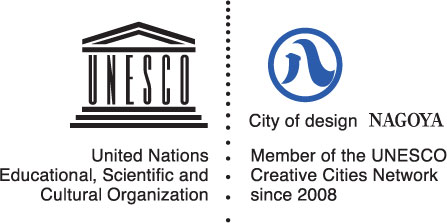
Unified logo of Nagoya City of Design (Photo via istis)
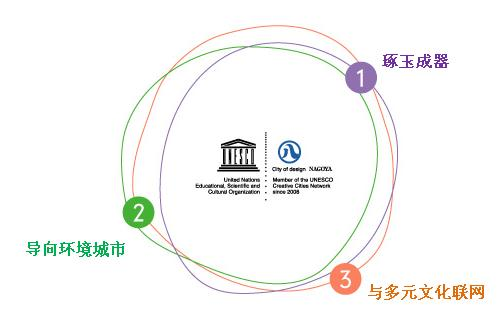
Three visions of Nagoya City of Design (Photo via istis)
On October 16, 2008, Nagoya was named as a UNESCO "City of Design". A large number of automobile companies emerging from Nagoya region have become multinational enterprises. Unremitting efforts have paid off in improved level of creativity, and enterprises witness steady and continuous growth, contributing to the cultural and economic development of the world. The city of Nagoya believes that the power of design is important at all times for building a sustainable society where many cultures can coexist.

As early as 1989, Nagoya City Council issued the "Design City Declaration", which resonated with the general public and became a powerful guideline for Nagoya municipal government to support the development of "urban construction", "commodity manufacturing" and "talent training". In Nagoya, design is synonymous with humanism, a philosophy that aims to achieve lasting peace by combining activities directed towards a new way of life, human wisdom, as well as techniques and technologies that have been evolving since antiquity.
The "Design City Declaration" has pointed out that design is a humanism that combines the eternal pursuit of peace, the creation of a new living culture, and the accumulated wisdom and technology of the mankind. Nagoya has overcome difficulties, war and the "Ise Bay Typhoon", an unprecedented natural disaster, in order to meet the needs of people who hope for a sustainable peace era. It has set the goal of building a city that values design and wins a worldwide reputation.
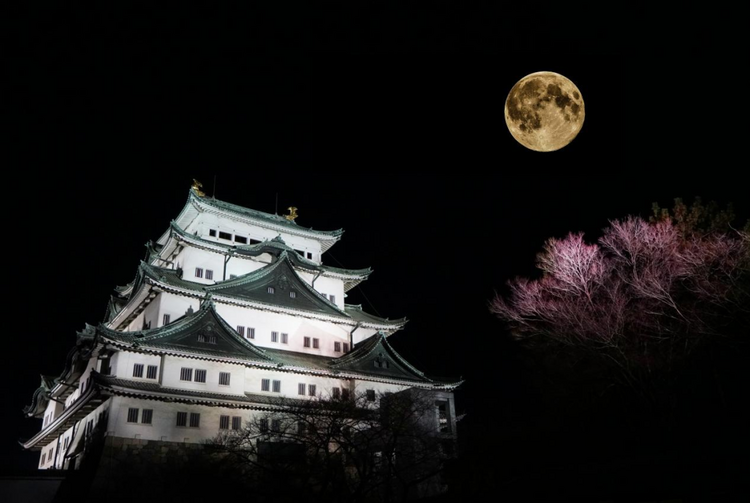
Over the years, Nagoya has organized various major international design conferences, such as the World Design Exposition, and has established the International Design Center NAGOYA. This center is intended to promote the design sector through several initiatives including the "creator's shops", which support the work of young designers, and open spaces for exhibitions. Equipped with a multi-purpose hall, seminar rooms and the "Design Lab" incubation offices, the center serves as a comprehensive support base for design. It leverages an international network aiming at the development of a wide variety of creative enterprises.
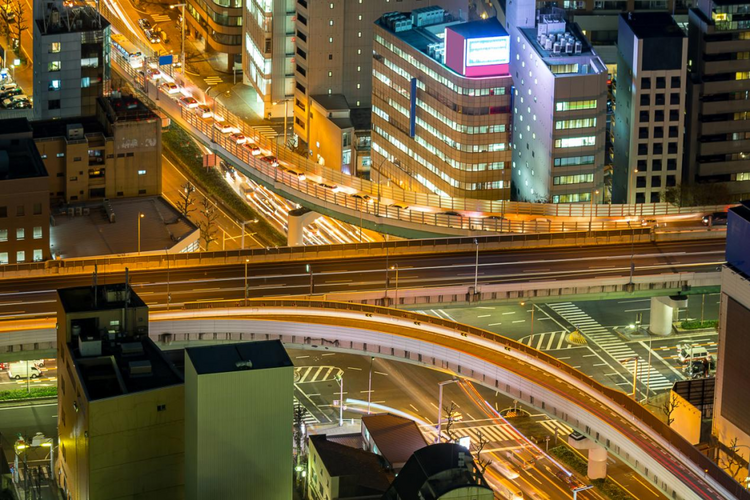
Seoul accelerates its urban transformation, focuses on people-oriented development and improving the quality of life of its citizens, and builds a sustainable and green city. Bandung continues to uphold the "Bandung Spirit" and creates the image of a creative and trendy city, integrating artistry and internationalism. Nagoya adheres to the concept of humanism, uses art to write humanism, and seeks diversified design in the integration of diverse cultures. The three cities highlight their own design concepts, and have made breakthroughs and innovations in different aspects. Which city would you pick?